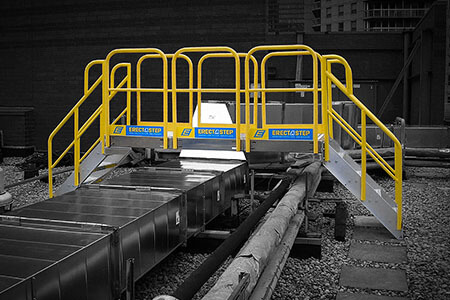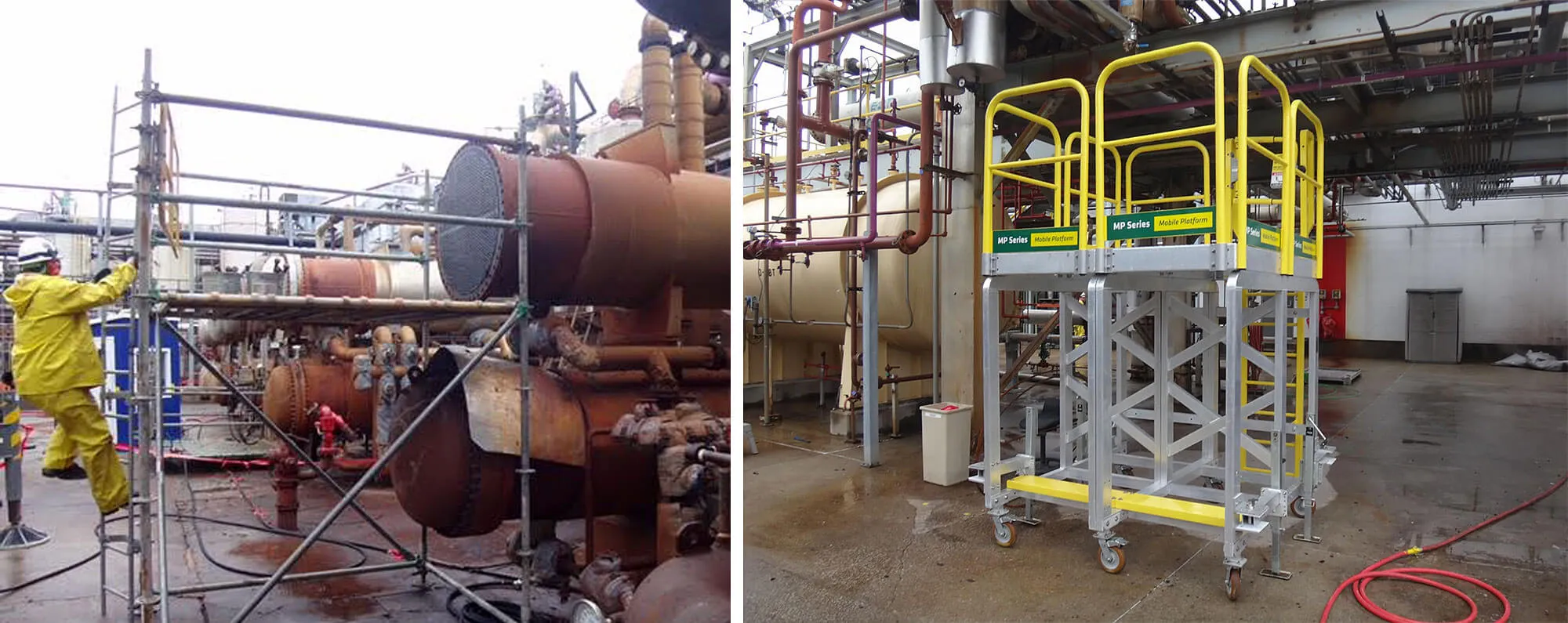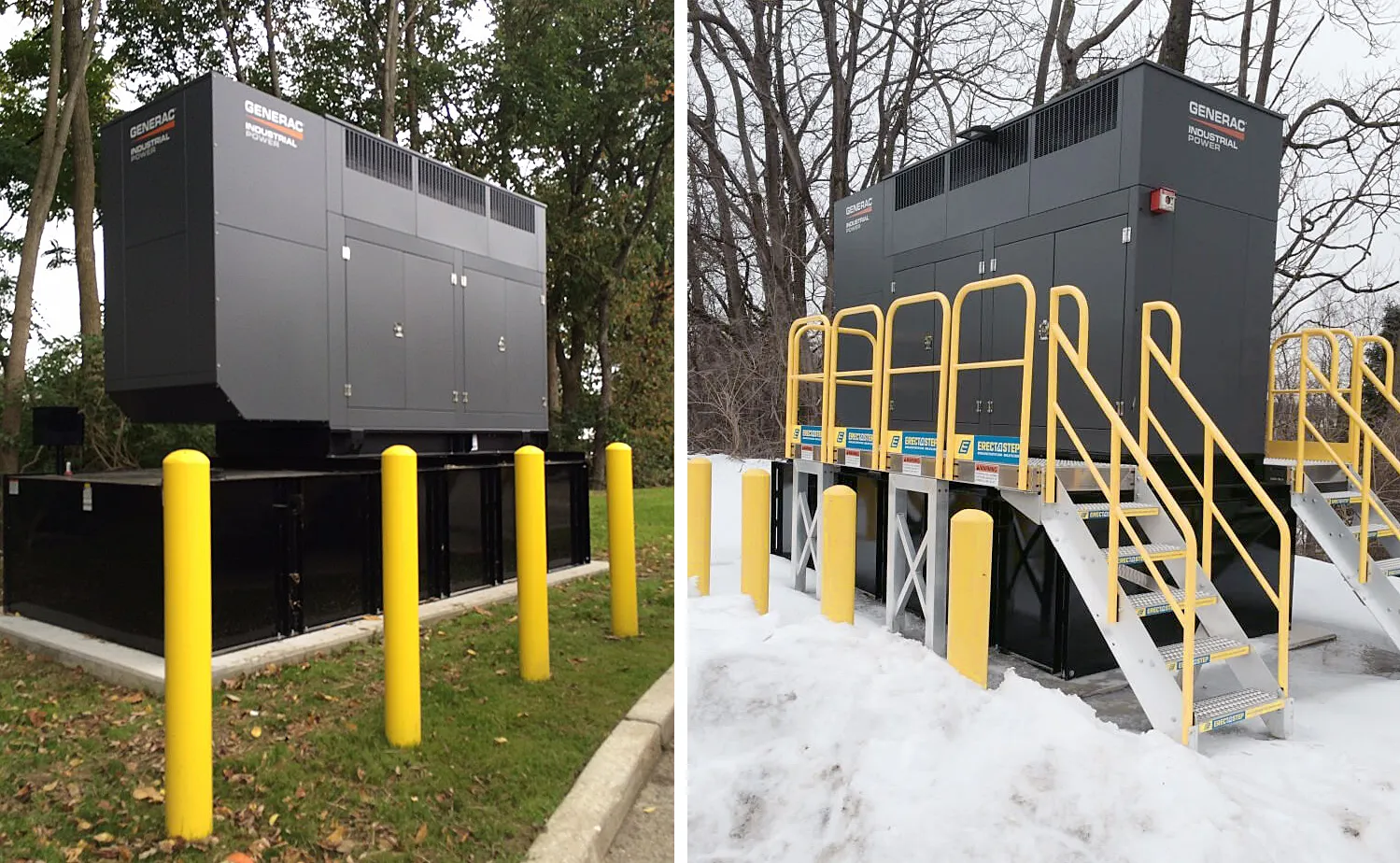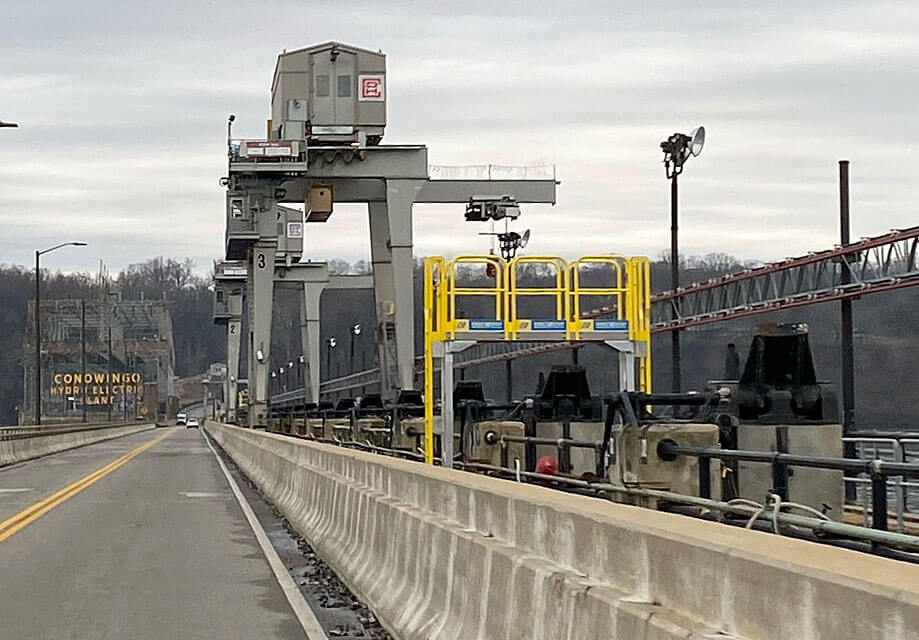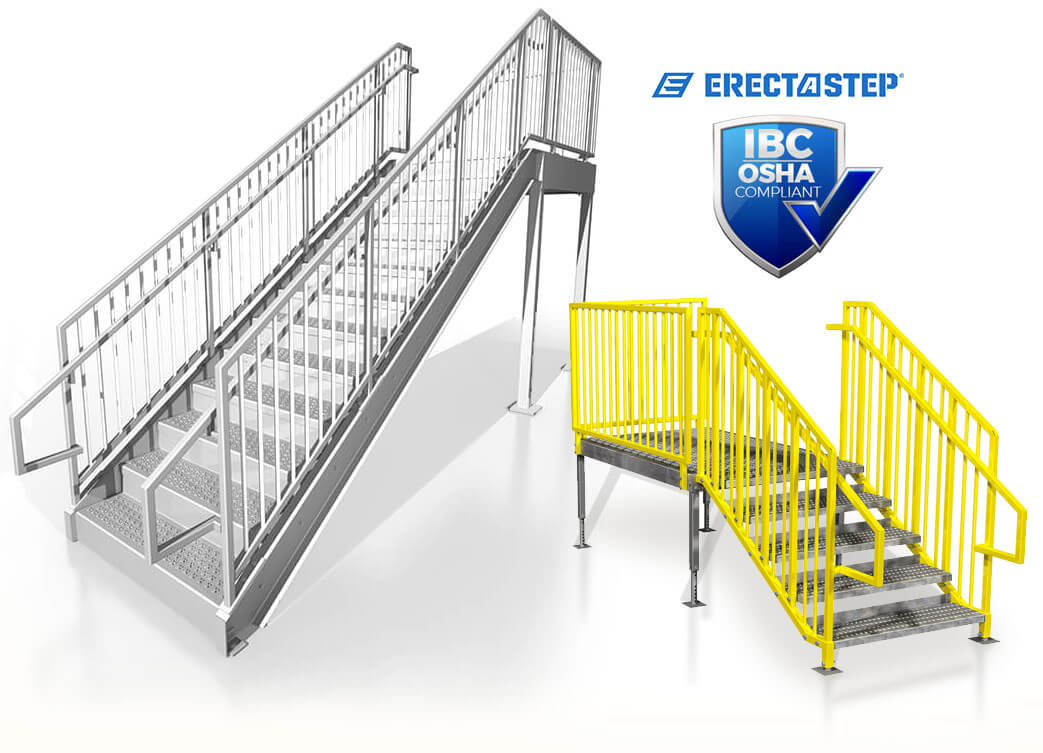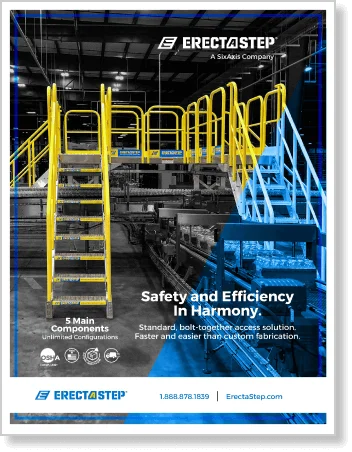An interesting observation by a quality veteran pointed out that although safety is considered by some to be the sixth “S” in The Lean Manufacturing 5S Methodology, it’s actually the result of following 5S – Sort, Straighten, Sweep, Standardize and Sustain. In other words, it’s difficult, if not impossible, to be a high-performing organization with a poor safety record and vice versa.
Workplace Safety and Performance by the Numbers
A 2010 Aberdeen Group study identified a link between safety and performance. They surveyed 236 manufacturing executives whose top concern driving their focus on safety was compliance with industry regulations, in addition to reducing the risk of adverse events. The study examined four key performance indicators—Overall Equipment Efficiency (OEE), Repeat Accident Rate, Injury Frequency Rate and Unscheduled Asset Downtime. It divided respondents into three categories—Best-in-Class (top 20 percent), Industry Average (middle 50 percent) and Laggard (bottom 30 percent).
Survey results indicated that Best-in-Class performers had the highest OEE at 90 percent and the lowest accident and injury rate (0.2 percent and 0.05 percent respectively). Laggards, on the other hand had the lowest OEE at 76 percent and the highest accident and injury rate (10 percent and 3 percent respectively).
Safety is a function of the organizational leadership, culture and performance. When all three work together, people make good choices in terms of safety practices and equipment that not only improve workplace safety, but also enhance performance and ensure compliance.
This is part one of a three part series on safety and manufacturing performance. Check back for the next post on how 5S methodology improves safety.
Take a look at your plant’s safety and performance. Better yet, give ErectaStep a call at 888.878.1839 and learn how can you achieve compliance without compromising safety or performance.
